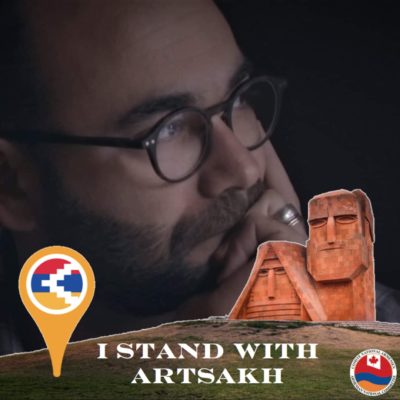YEREVAN / CAIRO — My subject is Essam Nagy, a 42-year-old Egyptian photographer, journalist and documentary filmmaker, the director of the documentary, “In the Beginning Was Armenia,” which he made after his trip to Armenia in 2017.
Essam, photojournalism is a very important and hard profession. Some samples of photo journalism became classics, especially many of Magnum Photos. Now it seems all the people who appear in the hot parts of the planet have chance to document events and sites with their mobile phones. What do you think about photo journalism of the 21st century?
Photojournalism, in its purist form, is documenting real moments in real time. Mobile devices and tiny sophisticated digital cameras are just mere tools to do what used to be done with rangefinder and SLR film cameras back in the day.
In the 21st century, these are the legitimate tools to define the moment. Recent revolutions that took place during the last decade in many parts of the world were documented in digital format, yet, the understanding of visual documentation throughout the transition from physical to digital media was changed, especially nowadays, when video is very much challenging the cherishment and the beauty of the still captured image.

We end up with thousands of photos on our phones and virtual drives. This, in my opinion, in a way degrades or to a great extent supports the feeling of taking visual documentation, including photojournalism, for granted. The artisan of photo “making” has been replaced by photo “taking”; phones and cameras are being treated as shotguns, rather than the magical dark room that transforms the moment into a physical memory held by hands and hanged on the wall for generations to enjoy and behold.









